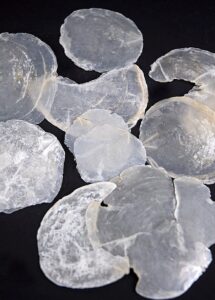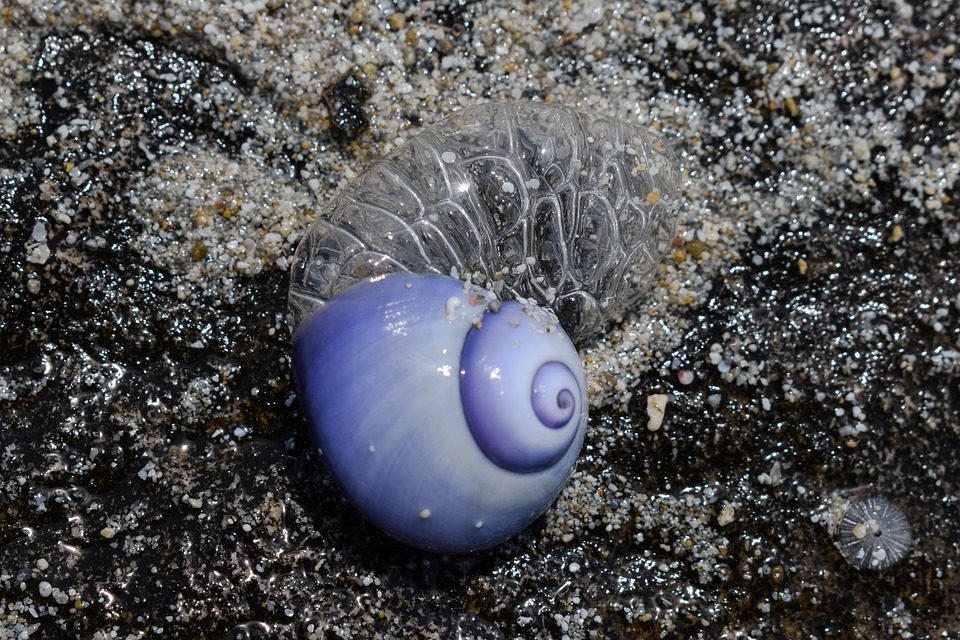When work on widening a section of the road began in the village of Chicalim, little did workers, locals or scientists expect to discover extensive deposits of oyster shells and other shell deposits in the hillside at Chicalim.
On making the discovery, scientists at National Institute of Oceanography, visited the site and carried out a study of what they believed were a once common, but now rare type of oyster.
Scientists at National Institute of Oceanography, believe that the extensive deposits in the hillside at Chicalim consist mainly of windowpane oysters and other shell deposits.
Chief scientist at NIO’s Biological Oceanography Dr. Baban Ingole said the extensive shell deposits most likely indicate that the sea level was higher 2,000 years ago as compared to the present sea level.

The discovery of the extensive shell deposits was made when excavation work was carried out for widening work along the Vasco-Cortalim highway.
The excavation work, exposed a layer of sand as well as layers of marine sediments in red soil, running 50 to 70 meters along the slope.
Dr Ingole also said that the layers of oyster shells indicate that the now rare shellfish was available in abundance earlier.
The windowpane oyster is a bivalve marine mollusk in the family of Placunidae. They are edible, but valued more for the shells and pearls. The shells have been used for thousands of years as a glass substitute because of their durability and translucence.
In Goa, windowpane oysters were used on windowpanes. More recently they have been used in the manufacture of decorative items like chandeliers and lampshades. In this use the shell is known as capiz. Shells are also used as raw materials for glue, chalk, and varnish.
Source: Goa 365


